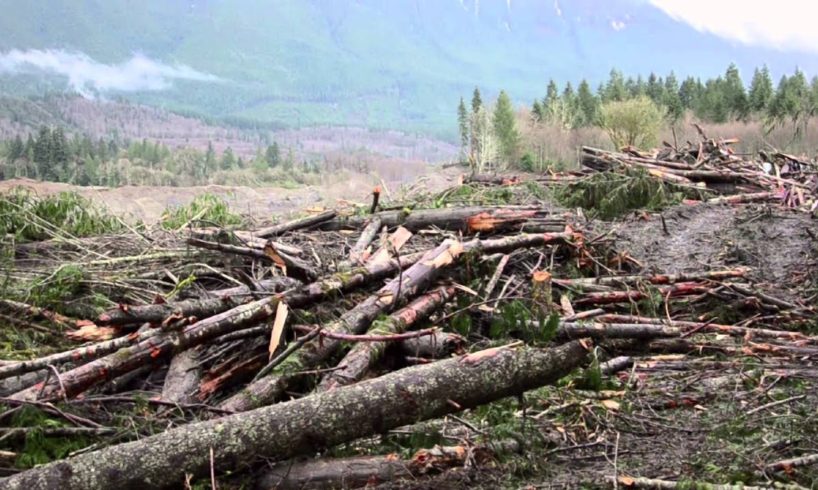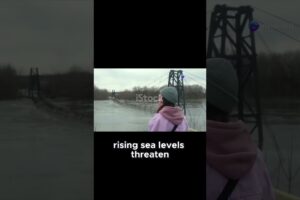
Just before 11 a.m. on March 22, 2014, an ominous rumble startled the residents of the community of Oso, Washington. It was the terrifying sound of what would become the United States’ deadliest landslide in decades. The equivalent of one million dump truck loads of earth came plummeting down the valley. In a little over two minutes, a pile of debris up to 75 feet deep slammed into the neighborhood of close to 50 homes. While a massive search and rescue effort continues at the site, geologists are tracing the geological history of Oso to explain why the site was so unstable. But all around the world, scientists have reason to fear that the worst is yet to come. Globally, landslides and other ground failures take a tremendous human and economic toll, and with climate change bringing a sharp rise in precipitation, the threat of bigger, more frequent landslides is growing. As NOVA surveys landslide danger zones, discover how and why landslides happen, and how radar monitoring technologies could help issue life-saving warnings.
source







Watched this, last night. Really interesting. Why do people build on such vulnerable sites?
Just FYI, this rental BS is seriously pissing off at least one long time subscriber who has been supporting and donating to PBS for 5 decades or so. I find the greed to be inexcusable, and I'll be having second thoughts when the next fundraising campaign comes around. And you can rest assured it's not about the buck 99, it's about the principles, and the concept of the Public Broadcasting System that we've battled to protect for these many years. Keep it up, and this channel may suffer a slow death.
Why the shit, does a PBS program require a rental fee…
Very interesting about landslides. I'm in Chile and happens every time, especially in the South. In Antofagasta, the city where I live, a landslide happened in June 20th, 1991, after a great rain period. Many houses full of mud, many people dies. In northern Chile every time rains a little bit — but softly. Especially in northeastern Chile between Visviri and Calama, every summer occurs, the "Bolivian Winter." Almost the same as occurred on Oso, WA. I love #novapbs but I want to watch this episode to understand why landslides happen in every corner of the world. I watch @milesobrien every time on the @PBS @NewsHour and as executive producer and narrator on @novapbs. After he lost a half left arm (and hand), he needs help to do his job. With their only right hand, writes some columns for the NewsHour website and the NOVA website. Also, some family members help Miles to do his job as executive producer. Nice job, Miles. I want a visit to Santiago to explain about your job in the Telethon 2014, this November 28 and 29th. Live streaming on 13.cl (Spanish Only).